Leg Armor
In Medieval Europe, full leg armor protection usually consisted of the cuissardes (thigh protection), kneecaps, greaves (shin protection) and sabatons (foot protection). The completed leg harness was an essential part of the full plate armor. It developed from the formed metal plate that served as knee protection. The knees were the most important and vulnerable
Greaves were an important component of the armor of many troops, including Western European knights and Roman legionnaires and centurions. They were widely used by cavalry to protect legs and heels while riding a horse. Our base-option Closed Greaves are made of 1.5mm cold rolled steel. They conform to the shape of your calves, making
Our stylization of the leg armor of the French king Charles VI (1368-1422) is based on an example which is preserved in Chartres Cathedral, France. The legharness is adapted for full contact medieval battle. This legharness is reinforced with a central rib and the upper-extension plate of the cuisse, which covers the upper thigh is
Greenwich armours – it’s XVI century armor made in Royal Almain Armoury (Greenwich Armoury) founded by Henry VIII the King of England in 1511. Though Greenwich armors were made by hired German blacksmiths, researchers single them out into a separate group of the English style armors. Greenwich Leg Armor consists of cuisses and knee protection. This model
Greaves were an important component of the armor of many troops, including Western European knights and Roman legionnaires and centurions. They were widely used by cavalry to protect legs and heels while riding a horse. Our base-option Greaves are made of 1.5mm cold rolled steel. They conform to the shape of your calves, making them
Greaves were an important component of the armor of many troops, including Western European knights and Roman legionnaires and centurions. They were widely used by cavalry to protect legs and heels while riding a horse. Our base-option Greaves are made of 1.5mm cold rolled steel. They conform to the shape of your calves, making them
Sabatons (German “Eisenschuhe”, French “sollerets”, Italian “scarpe”) were introduced around the end of the XIII century. Before this part of armor was invented, the feet of medieval knights were covered with chainmail stockings. At some point, the front part of the foot was covered by a steel plate, affixed with a leather strap. During the
This stylization of the sabatons of the French king Charles VI (1368-1422) is based on an example which is preserved in Chartres Cathedral in France. They have taped points and are adapted for full contact medieval battle. Riveted steel lames provide excellent mobility and flexibility. Sabatons are an essential part of full leg protection and
XIV Century Sabatons with a tapered point. Riveted steel lames provide excellent mobility and flexibility and allow for maximum comfort. Made of 1.5mm cold rolled steel, but also available in stainless or tempered steel as well as titanium. Our XIV Century Sabatons will be made in accordance with your measurements or you may select a
XV century Milan style leg protection; composed of cuisses and poleyns. The side-wings have ribs for additional durability. The articulated upper-extension plate of the cuisse is movable and covers the top of the thigh. OurMilanese Legharness is reinforced with a central rib. It is made of 1.5 mm cold rolled steel and is also available in
Splinted cuisses crafted according to XIV to late XV century design and completed with fluted steel knee cops. These leather cuisses are reinforced with metal bars which provide great protection and flexibility. The steel elements are made of 1.5mm cold rolled steel (base option) and 4mm durable brown leather. They are also available in 1.0mm
Splinted Greaves in a XIV – late XV century design. These leather greaves are reinforced with metal bars which provide great protection and flexibility. We use an anatomically shaped wooden block when crafting the leather greaves to make them anatomically correct. That’s why our splinted greaves fit perfectly. The steel parts are made of 1.5mm
Medieval Leg Armour
Only knights and cavalry could afford full leg armor back in the Middle Ages. Infantry and other soldiers could only count on leather and brigandine leg armor. Of course, after big battles, the soldiers engaged in looting and removing their fallen enemies’ trophies. These, however, were isolated cases because the lion’s share of the trophies were usually taken by the warlords.
Show more...
This lack of leg armor was the reason that most injuries sustained during combat were limb injuries. Add to that mix the horrible medicine that was prevalent in the Middle Ages, and you get a huge percentage of deaths due to limb injuries.
During periods of peace, the rulers did everything to keep the military training of knights at a proper level. One of the ways to do that was to set up tournaments. There was a little problem, however – knights often died in the tournaments, which was obviously not the way rulers would want it. Therefore, rules were put in place which allowed only non-sharpened weapons. The spectators naturally wanted more blood, but at the same time, they realized this kind of entertainment could also be interesting and warmed up to the new rules.
There were many varieties of tournaments. There were those in which the knights didn’t need full leg armor. This kind of tournament was called “through the pole.” During this type of battle, the combatants were located on either side of a pole. The pole itself was set parallel to the ground at approximately belt level. As a result, knights could only hit above the belt since leg kicks and strikes were not possible. There were also other kinds of tournaments that required good leg armor as strikes there were permitted, and the combatants required full protection. Several hundred years have passed, and full-contact battles are of increasing interest and are gaining more and more viewers.
Everyone who is engaged in, or thinking about HMB and IMCF full-contact fights should approach choosing their equipment as seriously and responsibly as possible. Beginners typically want to cover their hands and arms first, expecting their opponents to hit the upper limbs more. However, our battle experience shows that fighters actually get more injuries they could’ve avoided if only they had adequately armored legs. It’s also important not to overlook the fact that high-quality articulated plate armor will increase your confidence in both buhurt and duels especially during the times when it’s important to stand firmly on your feet or make a leap towards the enemy.
The majority of leg strikes fall on the upper leg armor and much fewer on lower leg armor, which is why we recommend using stronger materials on the upper leg. Nevertheless, greaves remain highly important as you are covering potentially open areas, allowing you to concentrate on your fighting technique and your opponent. Also, something to keep in mind, whether intentionally or accidentally, chances are you will still be hit in the gaps between armor elements despite the fact that it is forbidden. Hence the importance of durable leg armor that reduces gaps to the maximum extent possible.
We also can’t ignore sabatons! “Who’s going to hit my feet with a weapon?” you may ask. However, if you watch a buhurt, you’ll notice that if one falls down during the battle, the fight goes on, no one pays attention to you, and especially to where your feet are. However, they are open and any accidental impact is a threat. The fighters are focused on their enemies, not you. In this situation, even a member of your own team is as dangerous to you as an enemy if you don’t have sabatons.
Hopefully this piece has illustrated to you that full leg armor is an integral part of your battle equipment, and that lower leg armor is as important as upper leg armor. In addition, don’t forget to take care of your feet and put on sabatons.
Forge of Svan has been manufacturing medieval plate legs since 2004. We have extensive experience with splinted leg armor as well as leather leg armor. Therefore, don’t delay – get your battle protection! Your opponents ordered their armor from us a long time ago, which is they are so confident. Get yours today!
less..


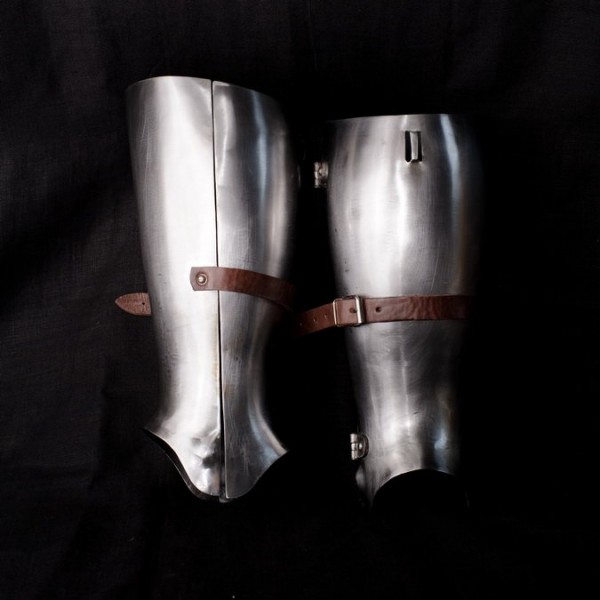
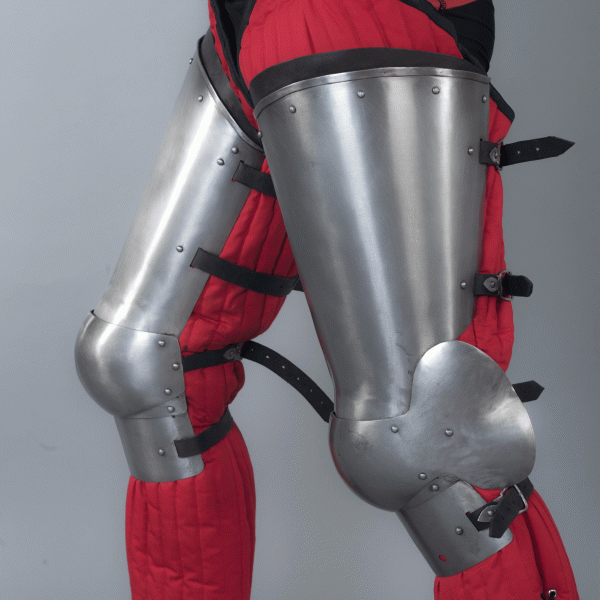
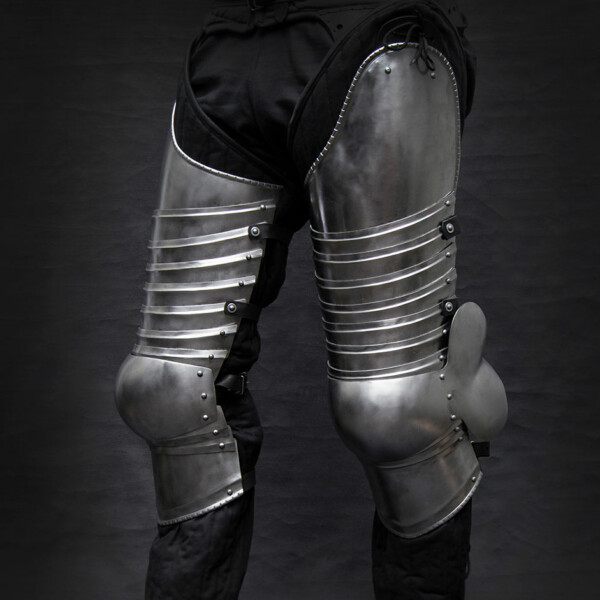
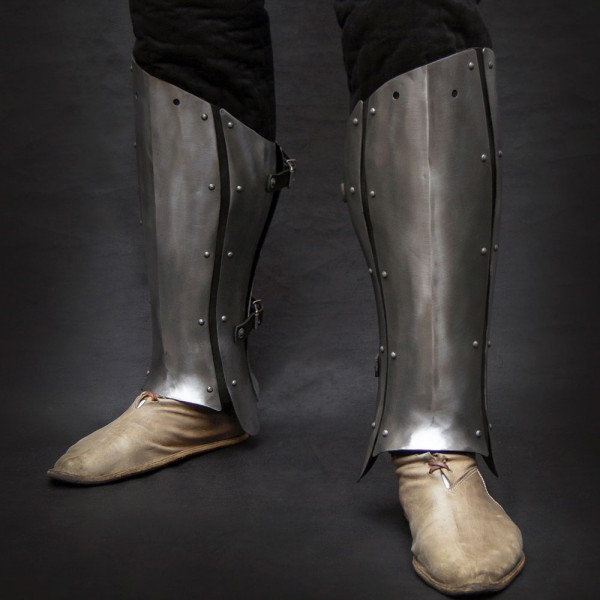
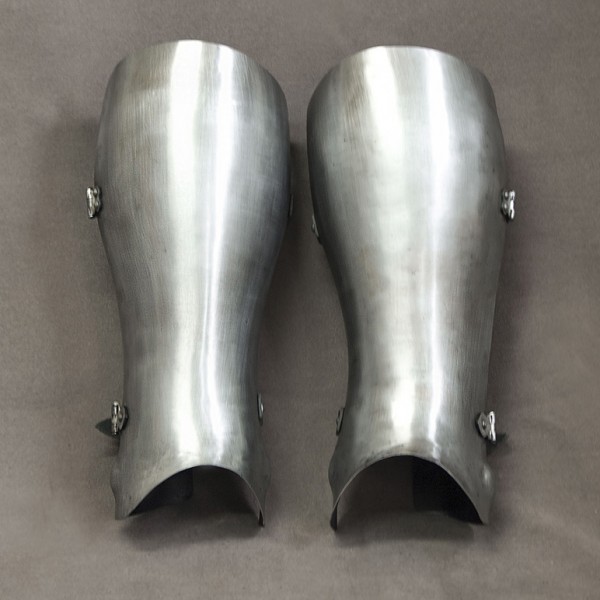
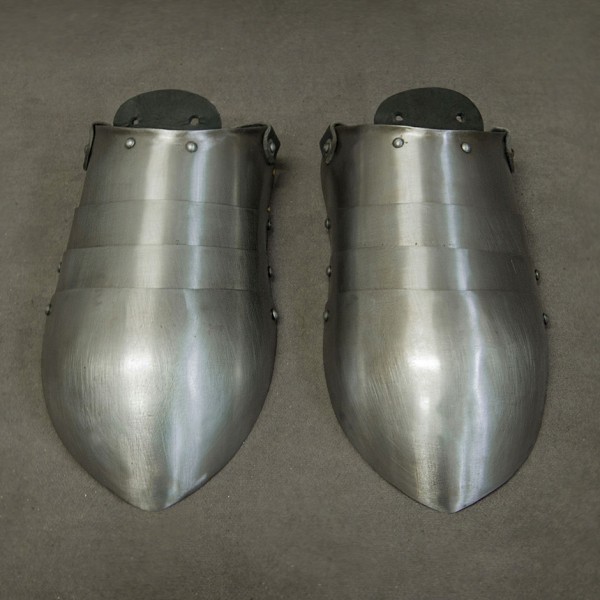
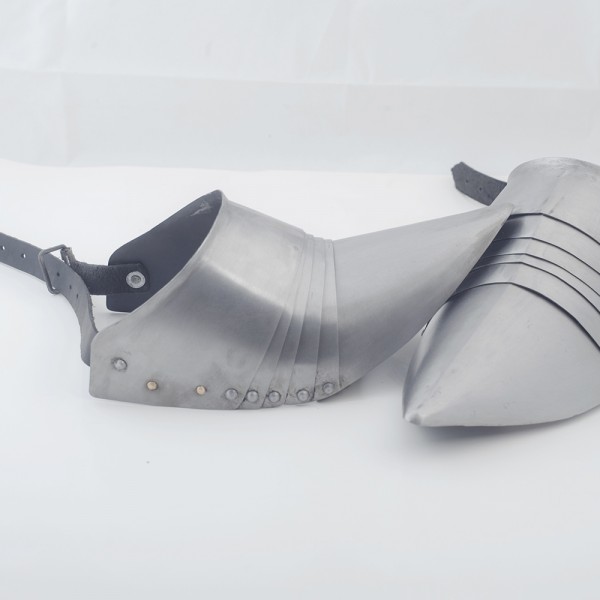
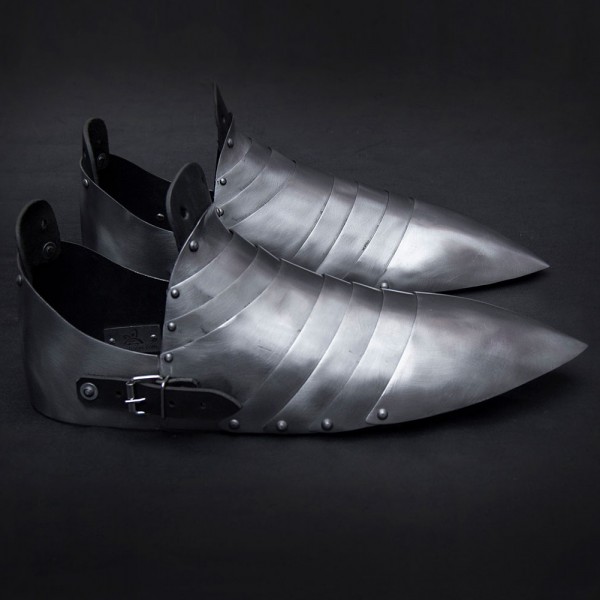
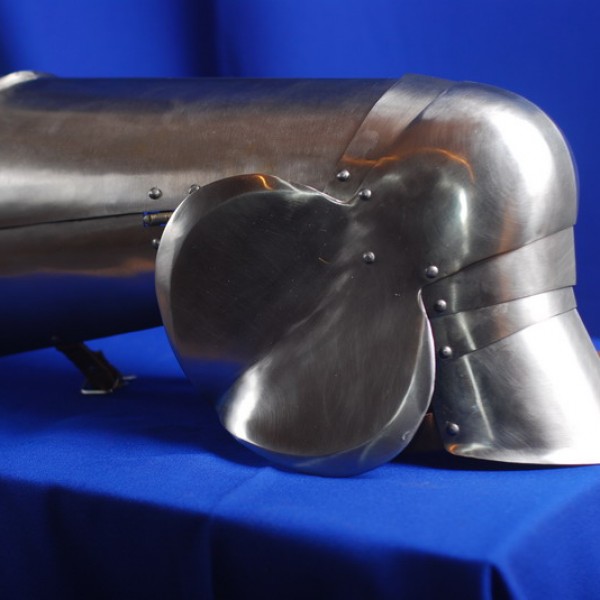
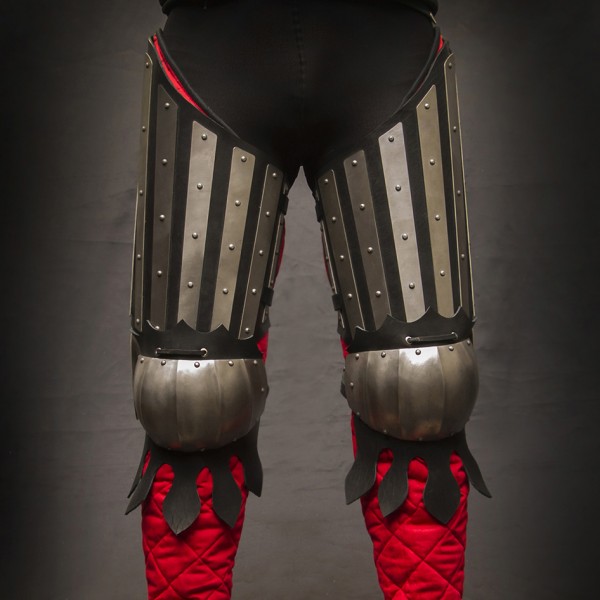
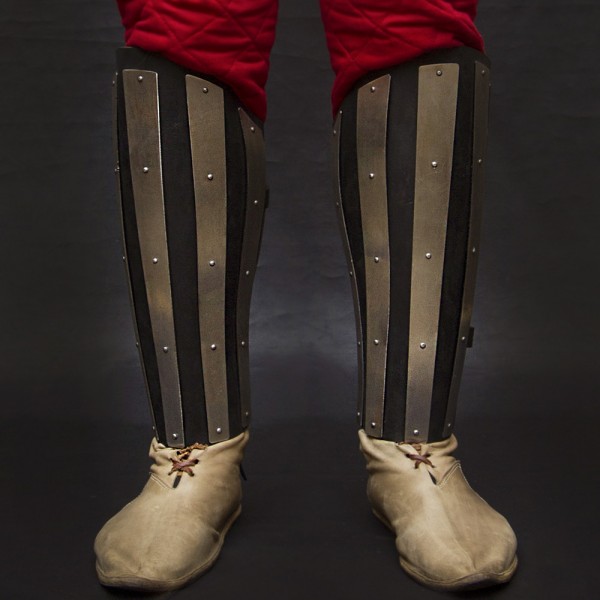
 Shop
Shop